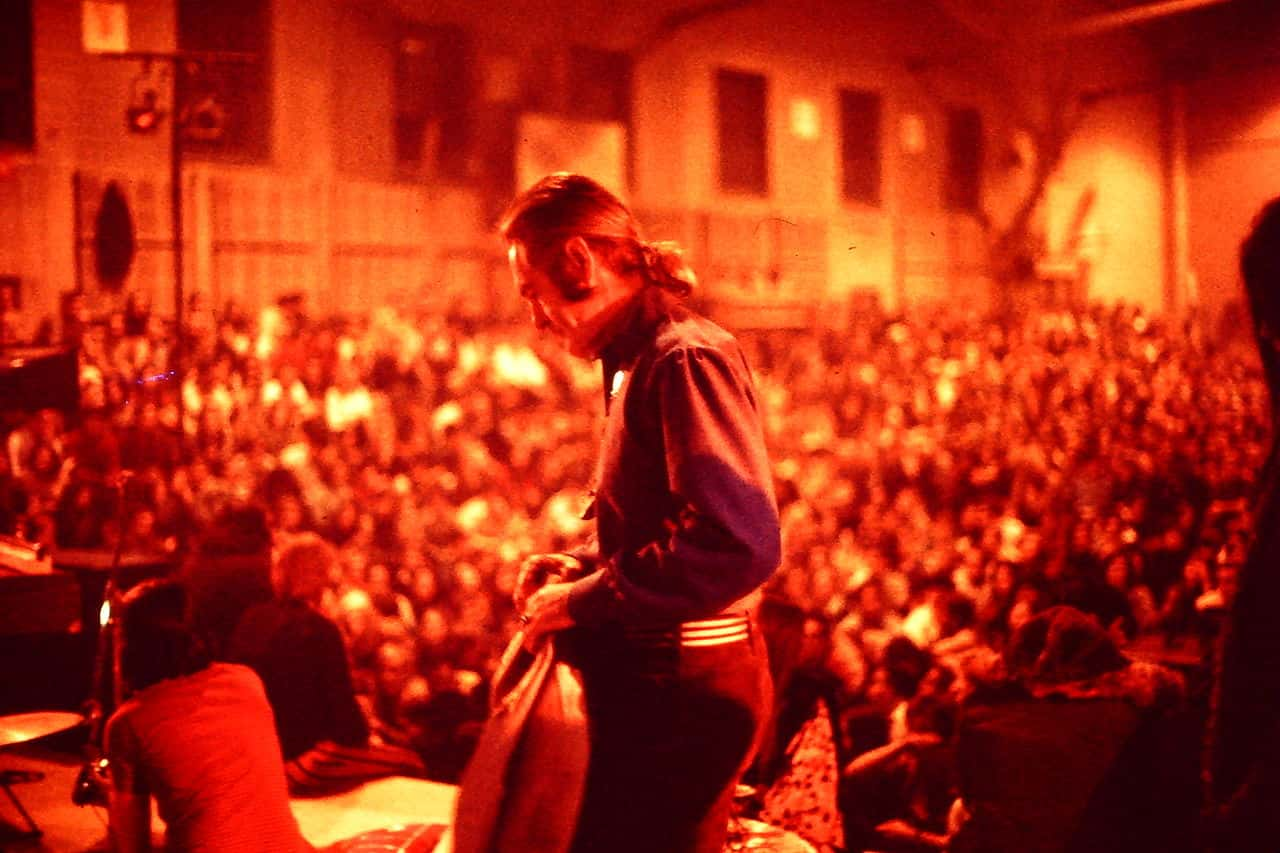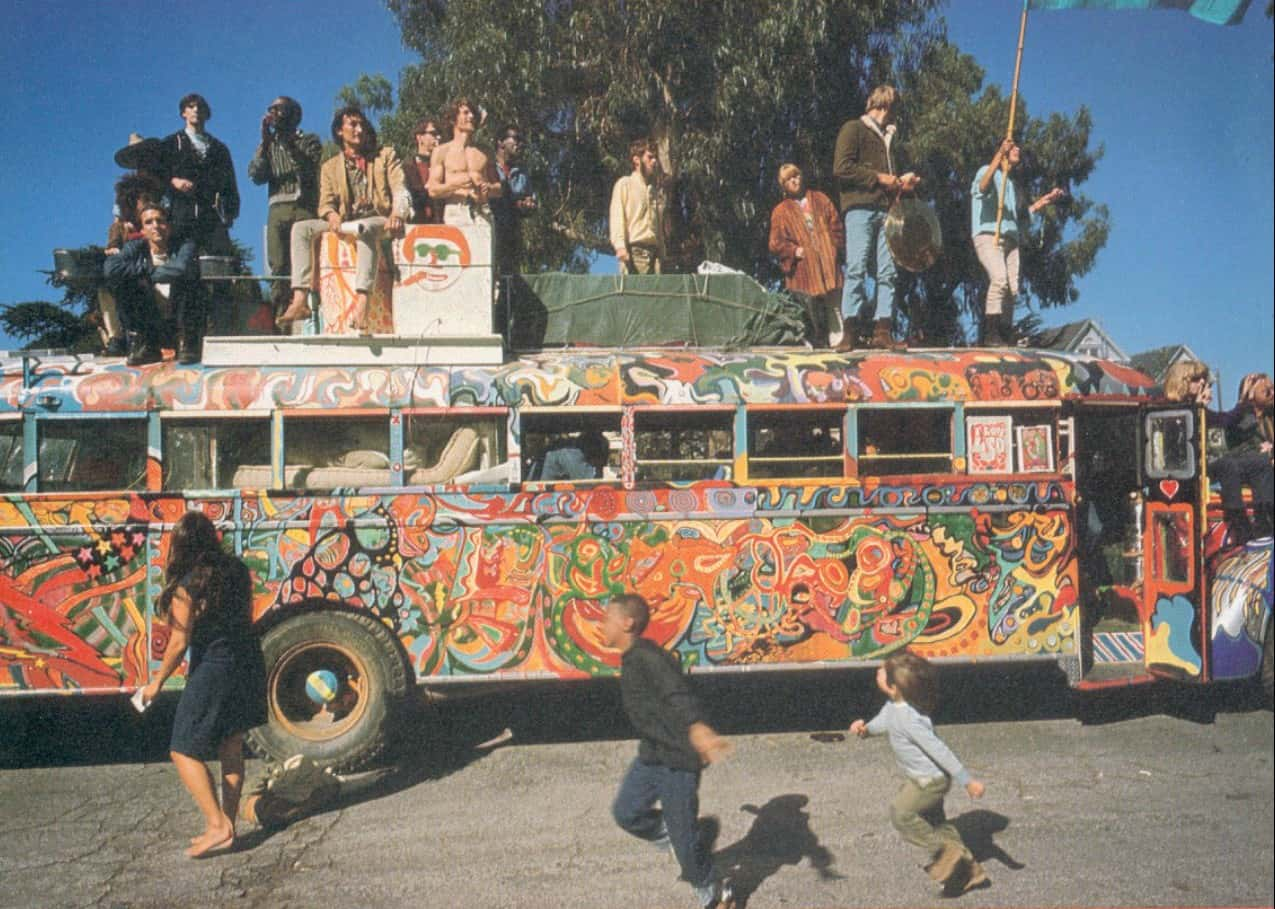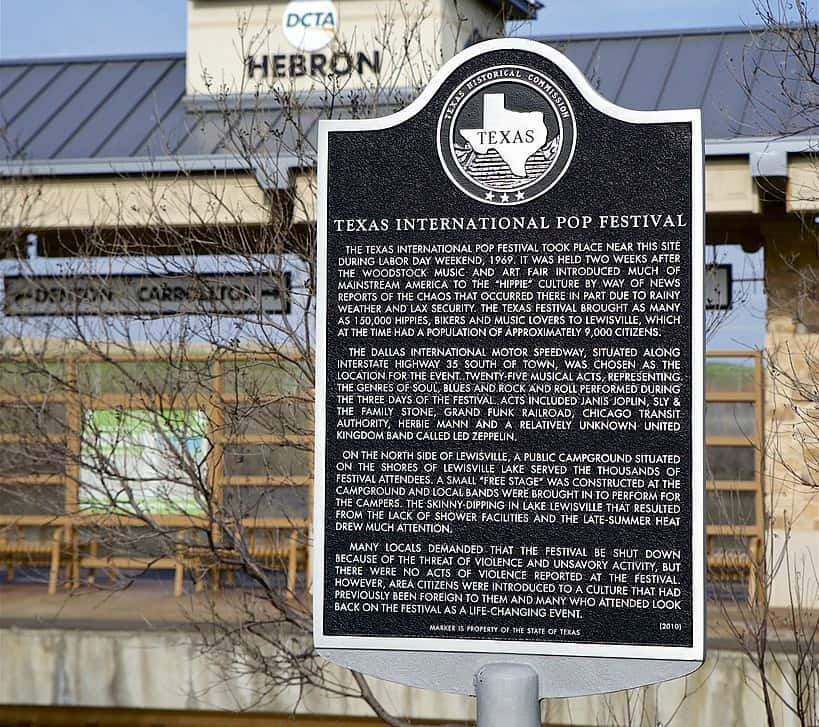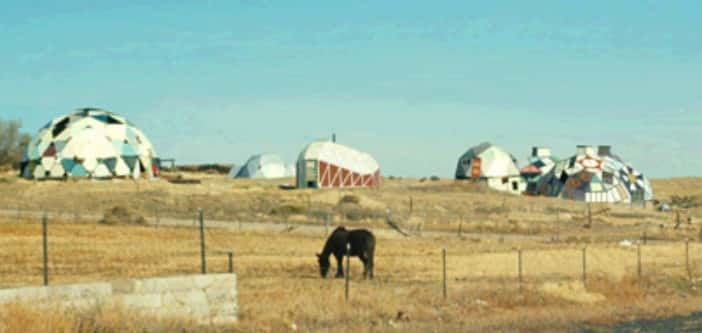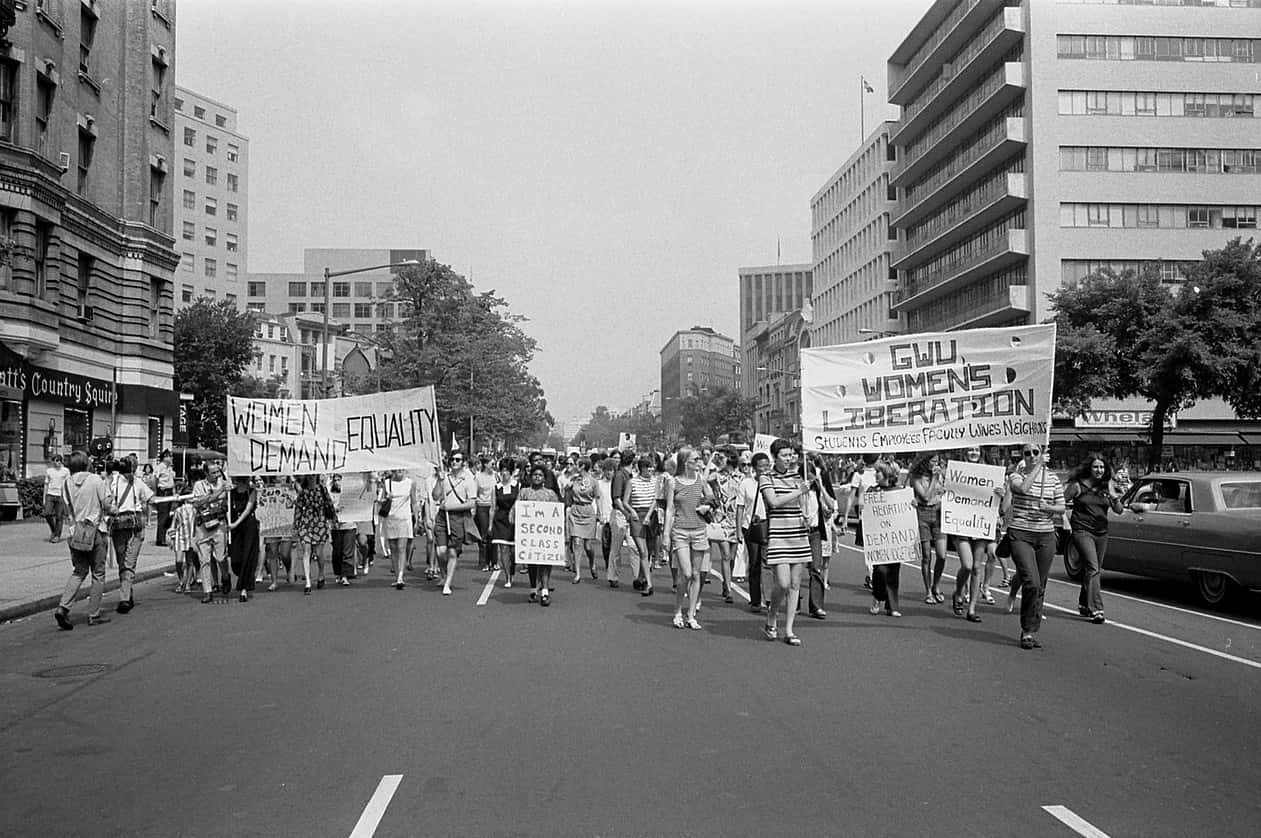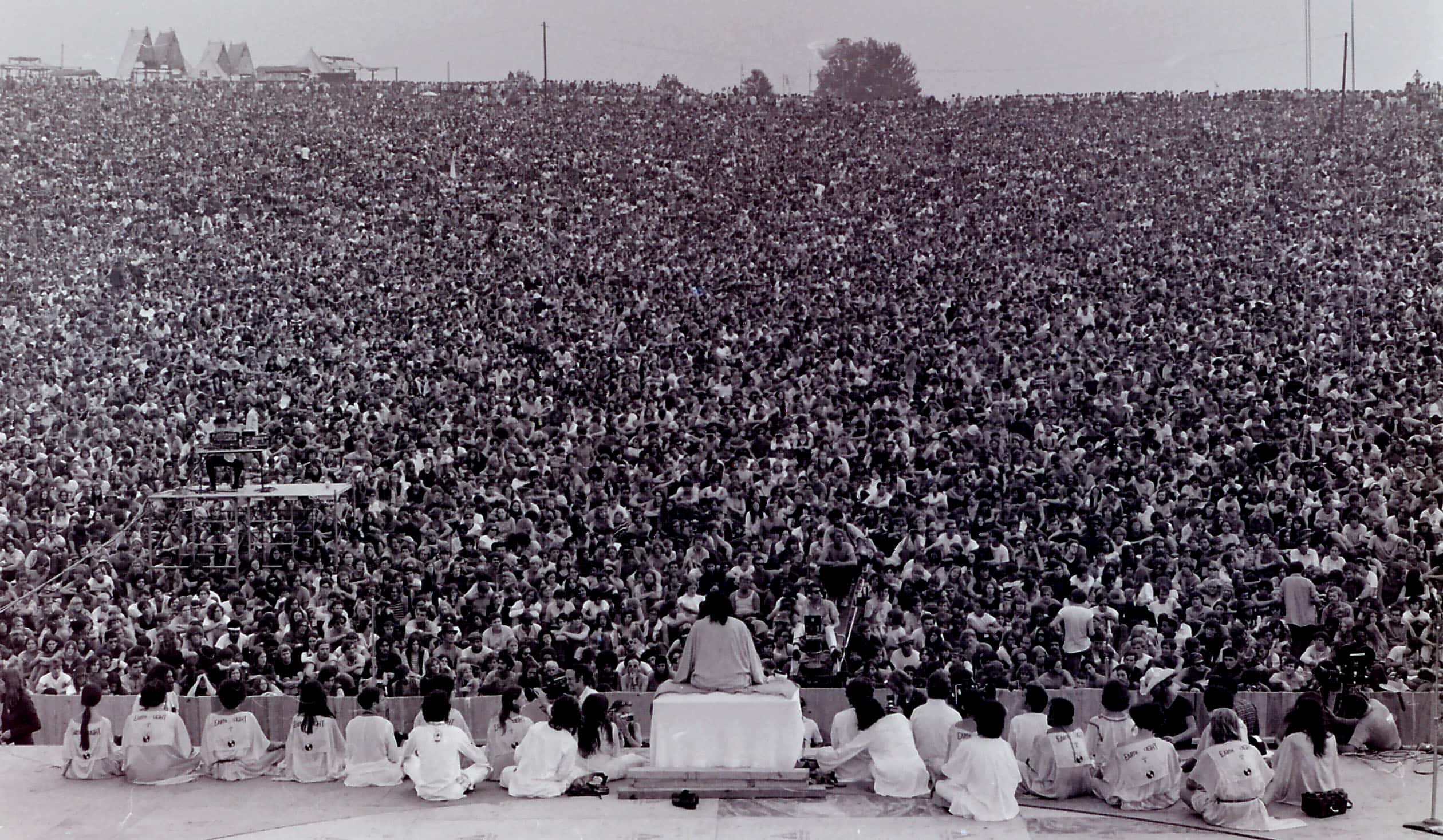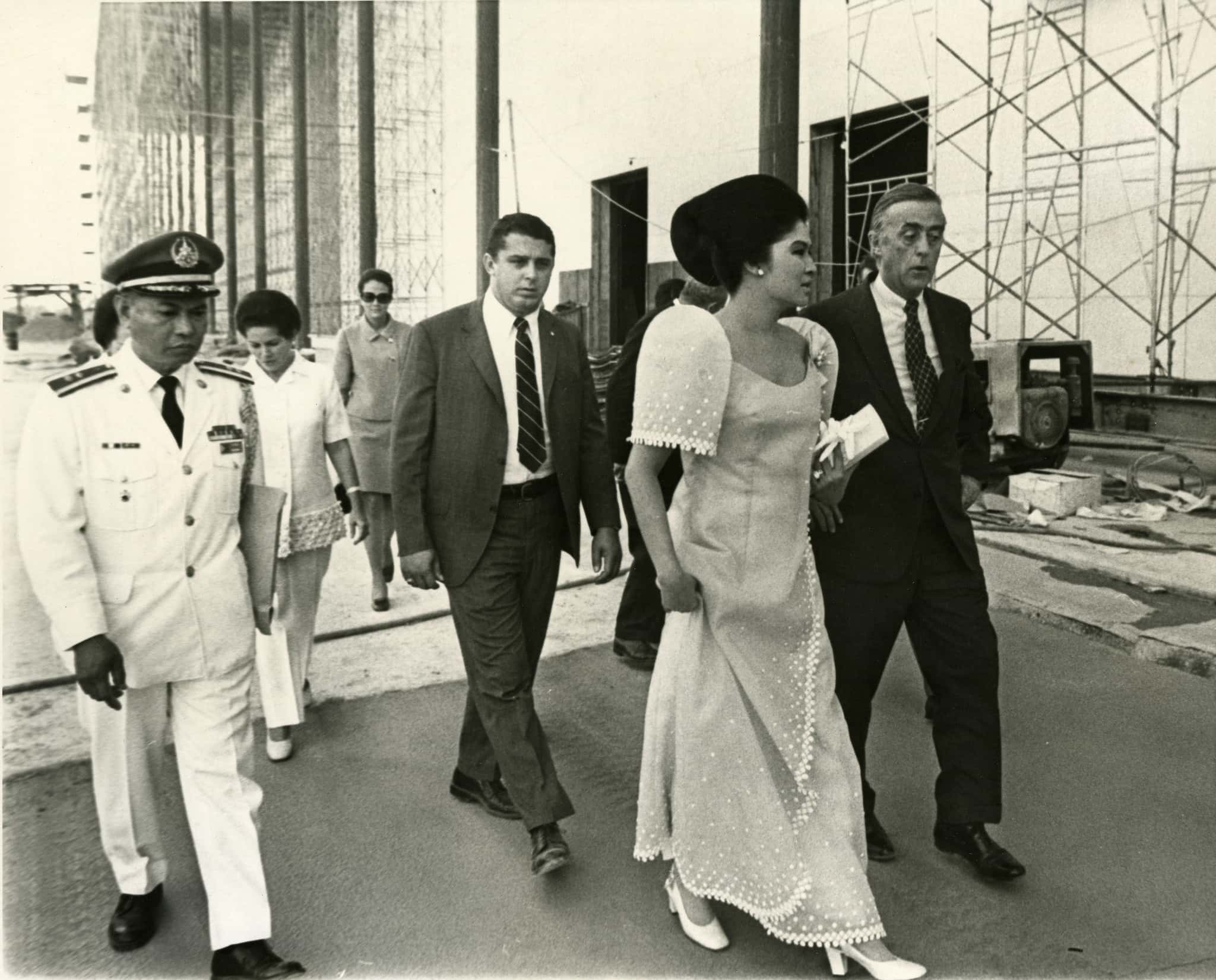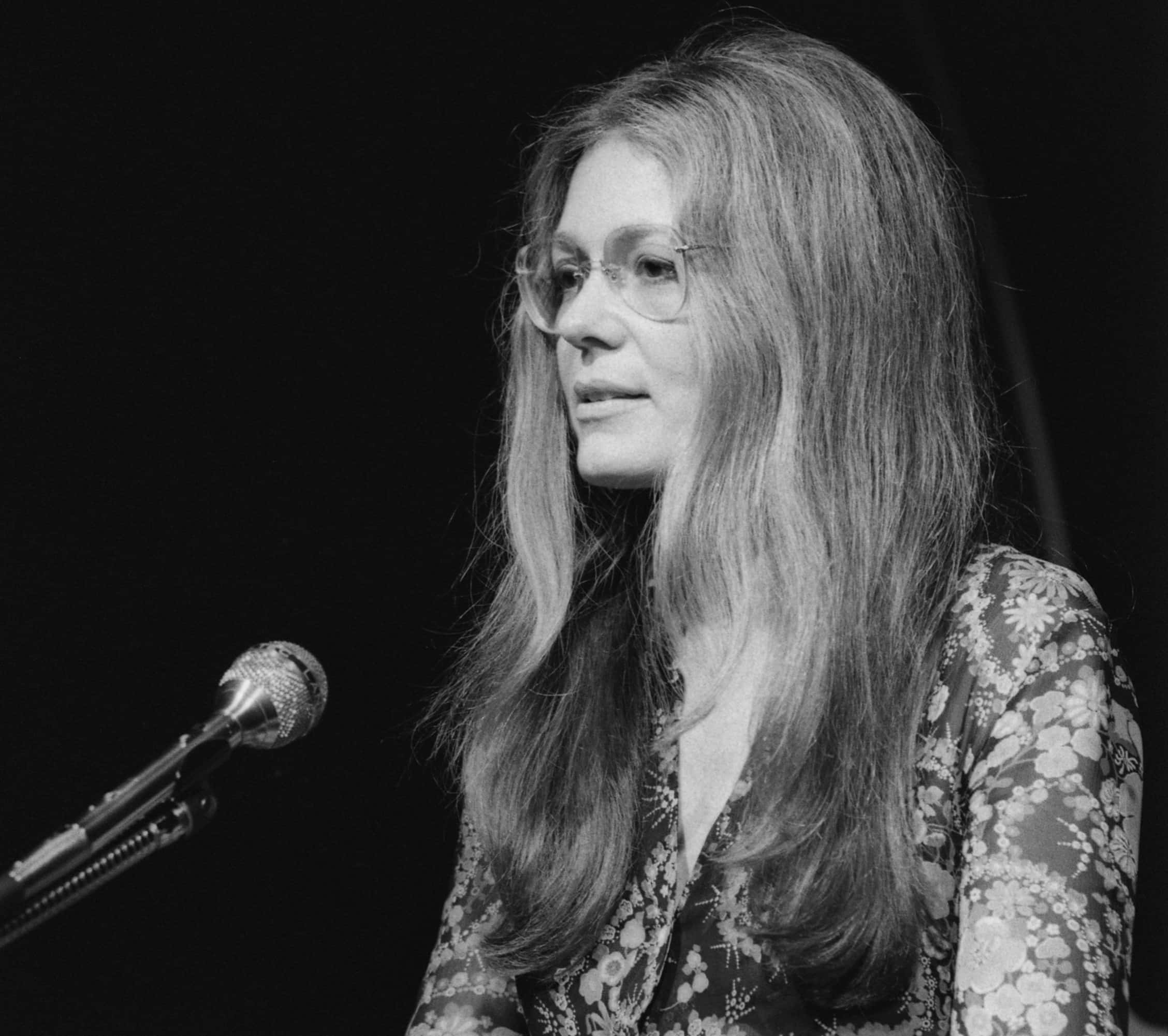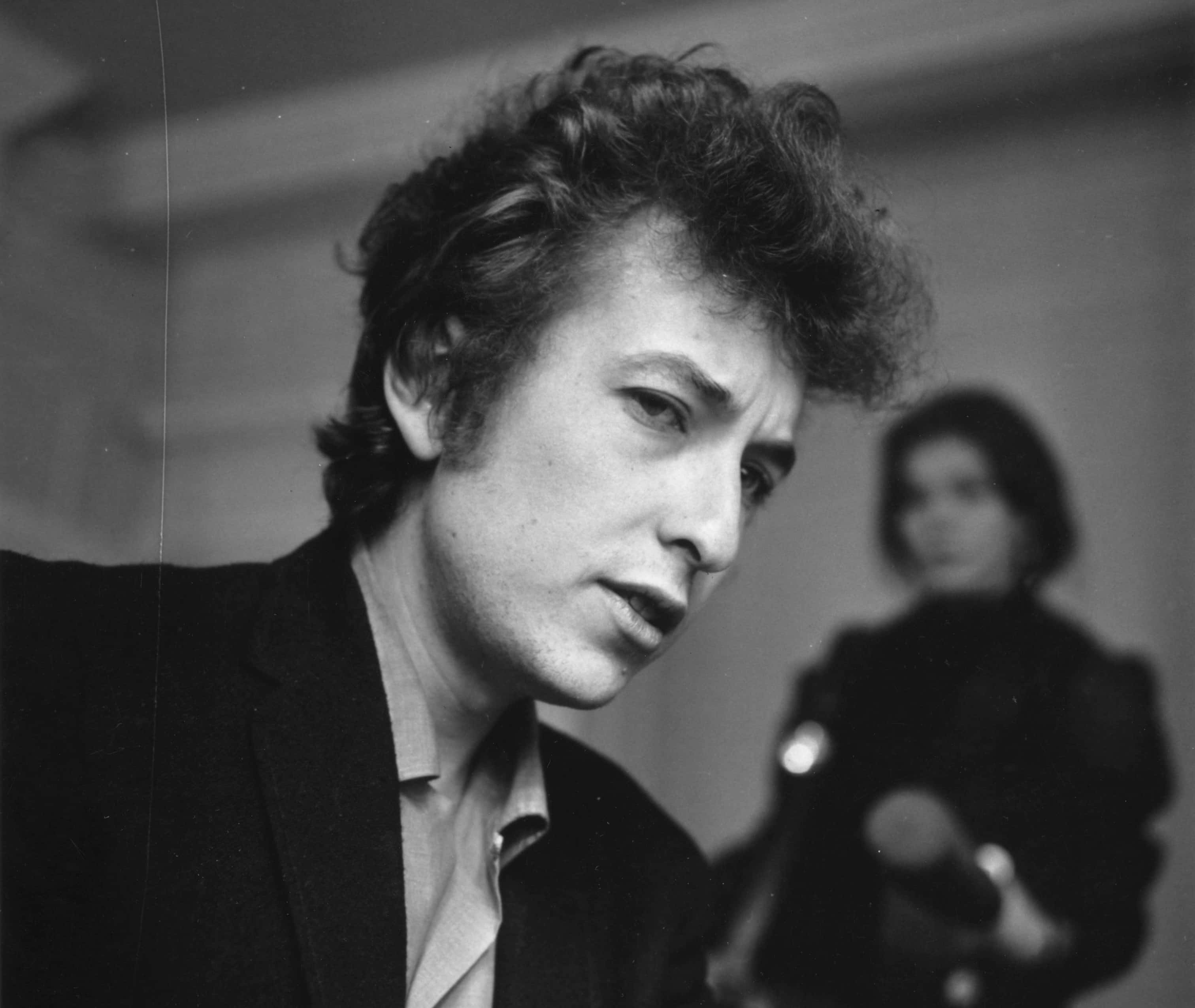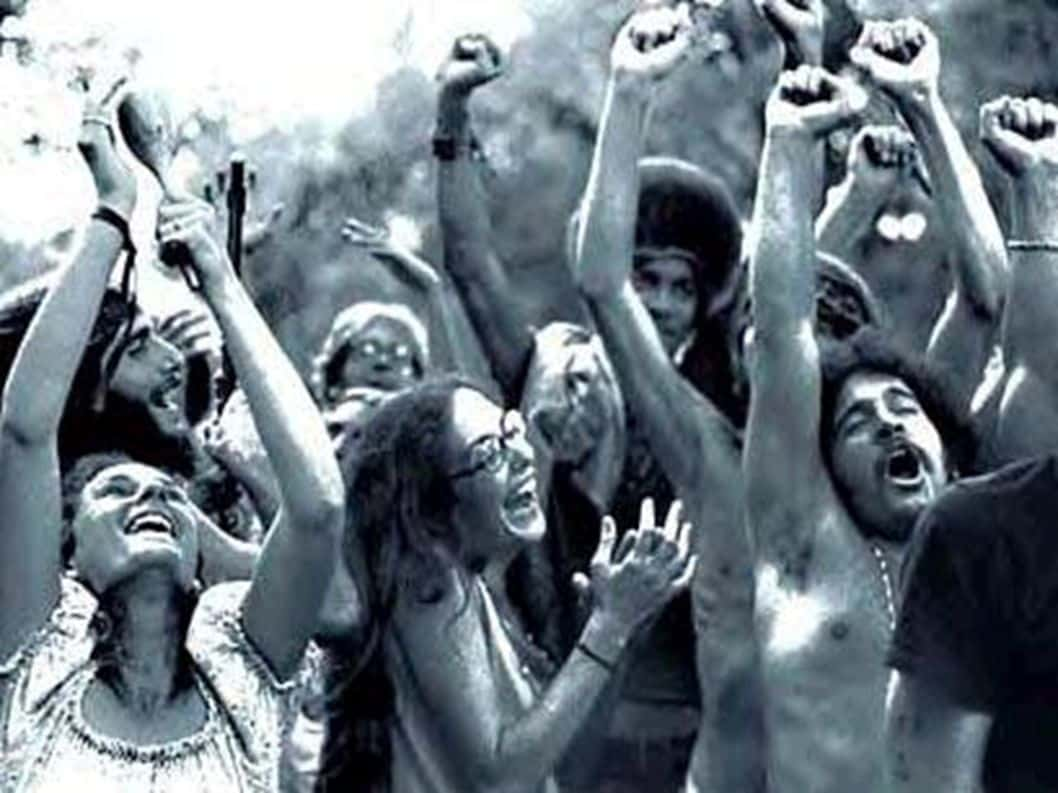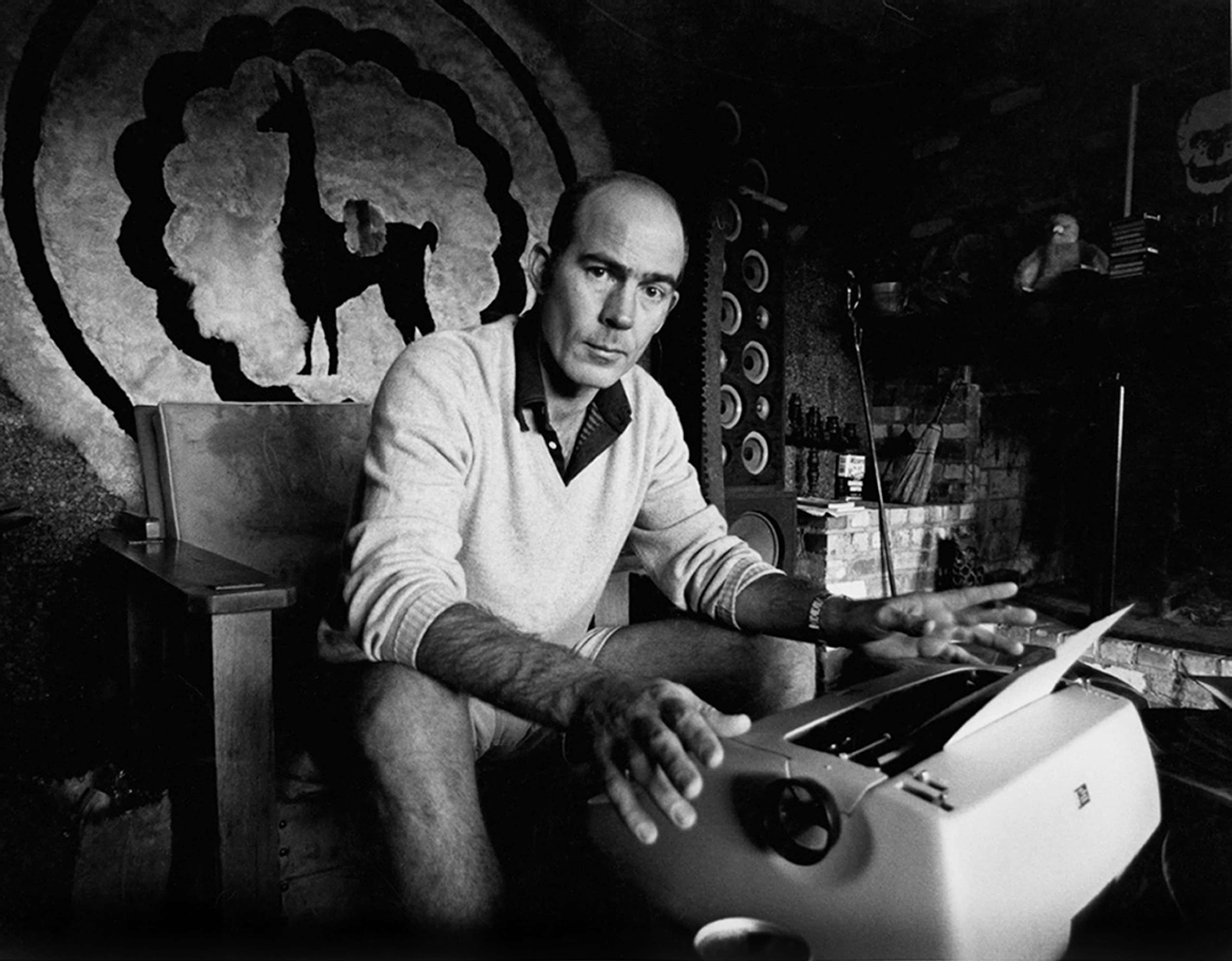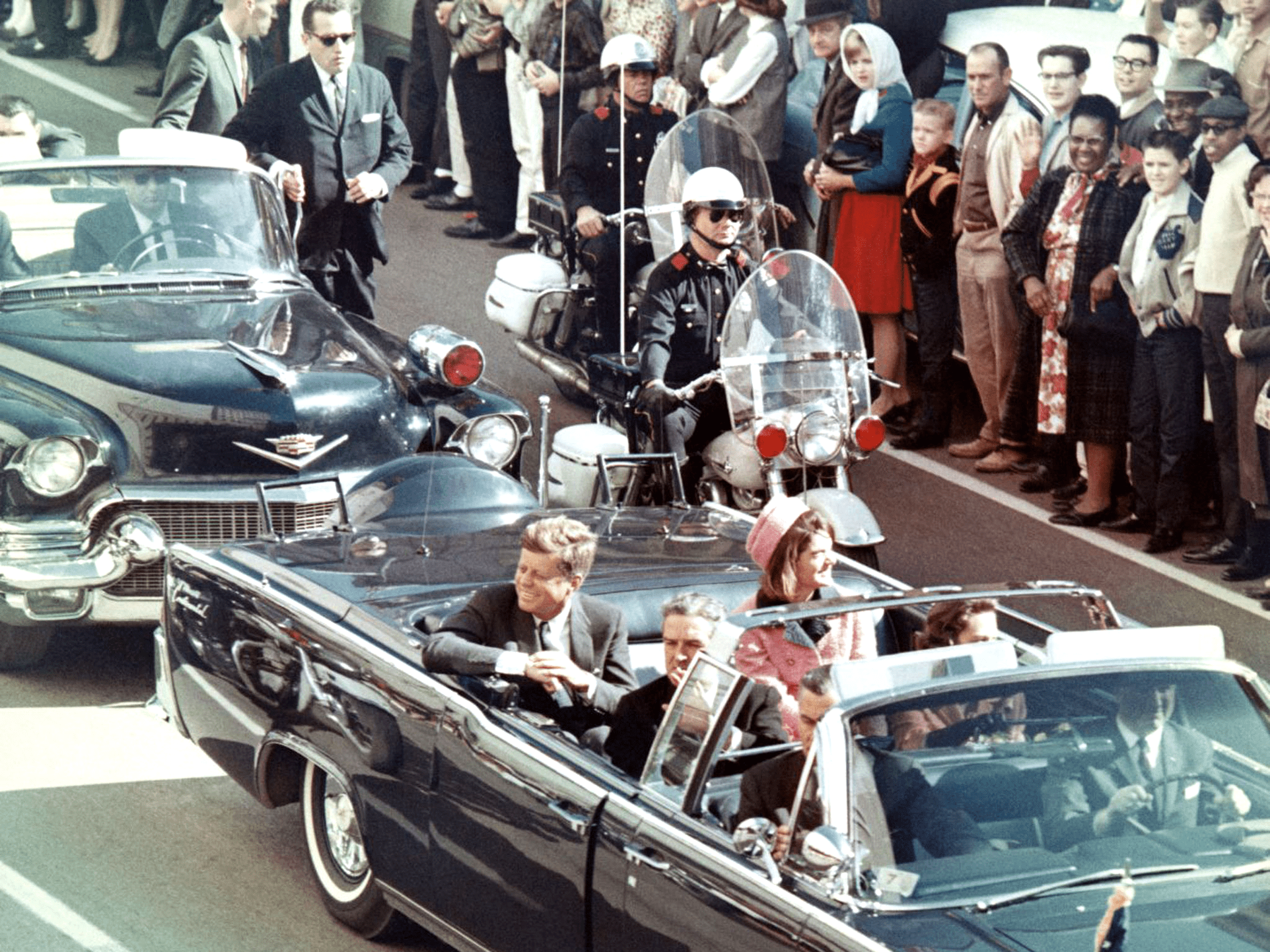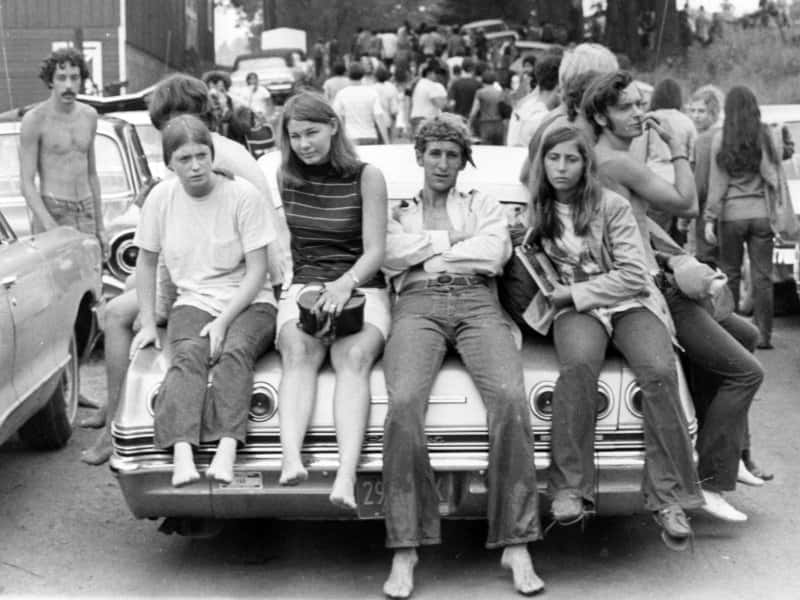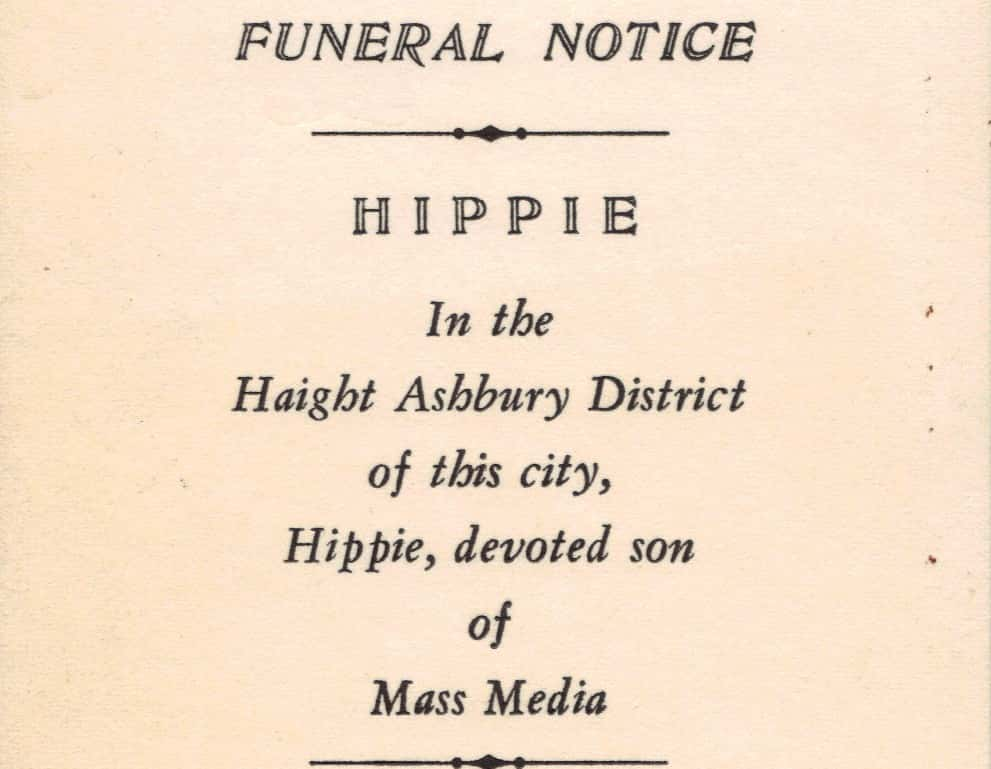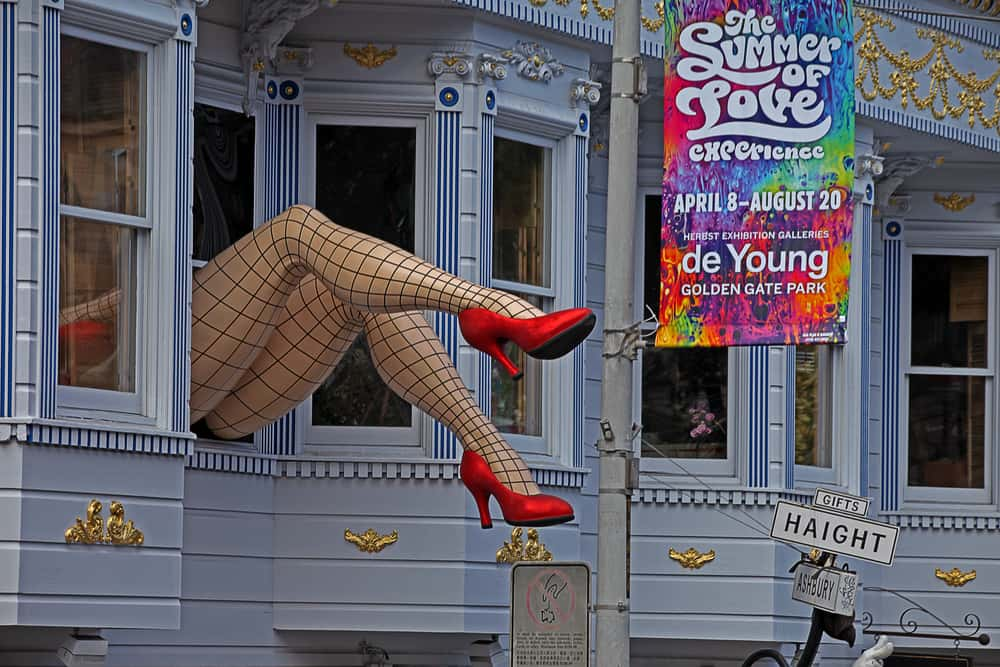The 1960s were one heck of a time. The world was completely changing, and the countercultural movement was a big part of that change. Though it would be relatively short-lived, it left an impact on society that would last for generations to come. Here, we've gathered some of the most obscure but incredibly interesting stories and facts from 1960s counterculture.
1. First?
The Freak scene that developed during the countercultural movement of the 1960s may have been the original component of the hippie movement. Started by Vito Paulekas, who had a boutique store in Los Angeles that introduced clothing that would turn into “hippie fashion." The Freaks proved further impactful by providing a free space for bands like The Byrds and Frank Zappa to play. Oh, and Vito was also a marathon dancing champion.
2. Counterculture Sports
Because of their resistance to mainstream forms of culture, some things proved difficult for counter-cultural icons, like finding new ways of sport. Luckily, they found throwing a Frisbee could be their new pastime, and it was their love of disc sports that increased the popularity of the Frisbee. So next time you’re tossing a frisbee around, remember to thank the hippies.
3. Psychedelic, Man
Substances were a large part of the counterculture movement. LSD was one of the most influential ones, partly due to author Ken Kesey and his group of friends, who called themselves the Merry Pranksters. This was only able to happen, however, because Kesey was in need of some cash, and decided to serve himself up to the government for experimentation. Turns out, he volunteered himself to the MKUltra project of the CIA, where they were testing the effects of LSD. Needless to say, Kesey’s life would change forever.
4. Friends in High Places
LSD was widely available because it wasn't banned until 1966 in California. The reason why acid became so widely practiced was because intellectuals like Timothy Leary, Aldous Huxley, and Alan Watts all believed that it opened up a perception to the mechanisms of the world that could bring about peace through awareness in the people who used it.
5. Acid Tests
The Acid Tests were one of the most famous events to take place during the counterculture movement, and influenced a wide range of artists and musicians. These were parties Kesey and his Merry Pranksters set up where they would spike a bowl of punch with acid and put on a lights show, often accompanied by a performance by the Grateful Dead. Yeah, that sounds about right.
6. Longest-Running Commune
Known as the longest-running hippie commune in the United States, Hog Farm became famous during Woodstock, when organizers asked them to assist in operations. They built fire pits, trails, and set up a free kitchen at the festival. When they arrived in New York to make their way to Woodstock, they were informed that they also were going to be security for the festival.
In response to this, when asked about how they planned to maintain order, the leader of Hog Farm, Wavy Gravy, replied with “Please Force.” Please Force was the practice of asking people to refrain from their actions rather than using aggression. What tools would he use to aid Please Force? “Cream pies and seltzer bottles,” of course.
7. A King Names Wavy
You may be thinking, what type of a name is Wavy Gravy? Good question, even better answer. After Woodstock, Hog Farm also kept the peace at the Texas International Pop Festival, where cowboys and hippies were set to potentially clash. It was there that the one and only B.B. King bestowed the name of Wavy Gravy to the man formerly known as Hugh Romney.
8. First Rural Hippie Commune
Drop City commune was not the typical hippie place that most people had a vision of in the 1960s, as it wasn’t the cartoonish urban flower power variety. Drop City was a live-in artist residency in Colorado where "Drop Art" could happen, which was made up of improvisational, impromptu performances. This allowed artists to escape the traditional set of rules of space, place, and time.
9. Drop It Like It's Hot
Drop City got its name from the “droppers” who founded it, but the word might not mean what you think it means. See, "dropping" was the practice that the group's leader, Eugene Victor Debs Bernofsky, adopted of painting pebbles and dropping them on rooftops in Lawrence, Kansas, where the founders had gone to university.

History's most fascinating stories and darkest secrets, delivered to your inbox daily.
10. Second Wave of Feminism
Many of the men in the counterculture movement weren't exactly progressive when it came to women, causing many women of the movement to turn toward feminism. The counterculture then developed another facet, one that tried to subvert the typical gender roles that were still popping up even in the hippies of the 1960s.
11. Woodstock, the Sitcom
The origins of Woodstock may surprise you. While Woodstock was one of the defining moments of the counterculture movement, it didn't start that way. It was originally an idea to create a sitcom...yes, a television sitcom. The idea came from two friends who wanted to make a show where a duo comedically engage in, and fail at, various business schemes. They even went so far as to place an ad in the New York Times for investment opportunities, stating that they were “young men with unlimited capital,” in an attempt to research possible hijinks. Then it all turned very real.
12. Beatlemania Gone Wrong
The Beatles were one of the key countercultural figures of the 1960s, but things weren’t always free and easy for the biggest band in the world. On one trip to the Philippines, they accidentally missed a special event being held by the first lady of the nation, Imelda Marcos, to welcome them to the country. That was a mistake. Marcos then publicly condemned them, which instigated violent crowd responses, who then chased the Beatles out of the country, punching them along the way.
13. Playboy Bunny Feminism
As one of the leading figures in the feminist movements during the 1960s, Gloria Steinem has become an inspiring icon. However, it was a difficult road for her. In order to write an article on the treatment of the Playboy Bunnies at Hugh Hefner’s clubs, Steinem went undercover and actually worked as a Bunny. While the results were shocking to many—the corsets were so tight that the limbs of the women would go numb, for example—Steinem faced a wicked backlash, and found herself typecast as a scandal writer instead of a serious journalist.
14. But, I’m an Orphan
Columbia Records signed Bob Dylan when he was only 20 years old. Given his age, he was actually still a minor, and needed his parents' signatures to have the deal go through. True to the enigma that he would become, Dylan instead fabricated a story that he was an orphan, and actually succeeded in convincing the producer that he had no parents.
15. Mexican Woodstock
Festival Rock y Ruedas de Avándaro, a three-day long festival, is famous as “The Mexican Woodstock.” Its prolific carousing, extreme substance use, loud rock music, and proliferation of US flags shocked the Mexican government. Officials then made an effort to repress rock and roll throughout the country for years after the festival.
16. Hemingway’s Horns
In 1964, Hunter S. Thompson went to visit the estate of Ernest Hemingway, where Hemingway had committed suicide years prior, in order to write a story. While there, Thompson became enamored with a massive pair of elk horns that adorned the front door. Thompson just had to have the horns, and he didn't have many morals. The writer ended up taking them.
17. The Era Commences
The 1960s counterculture era brewed for quite some time. The 1950s already saw the rise of an underground that reacted against squeaky-clean, white-picket-fence America. The movement would finally break out in 1963 after John F. Kennedy's assassination. It would bubble over into the mainstream for the next decade, ultimately lasting until the Watergate Scandal and subsequent resignation of President Richard Nixon in 1974.
18. Turn on, Tune in
The university campuses of the United States played a major role in the rise of the 60s counterculture. These progressive campuses were where many of the mobilizations of people began. In general, students rose up in the name of Civil Rights and the right to freedom of speech. Another factor? Believe it or not, the spread of television also helped.
19. Let's Get It on
The sexual revolution that occurred during the 1960s played a huge role in breaking American taboos surrounding traditional bedroom lifestyles. But it didn't happen overnight. The key to why the revolution was able to happen was the increasing availability of birth control. This birth control was not just more widely available, but also more effective.
20. Free at Last
A ton of new film styles began popping up in the 1960s, not to mention more, er, "adult" fare on the screens. Censorship no longer had a chokehold over the United States, and studios abandoned the restrictive Hays Code. The Hays Code was a set of moral codes that the film industry was supposed to follow from 1930-1968.
21. Radio Plays
How did music become such a huge part of the 60s counterculture? Beyond the effects of rock and roll festivals like Woodstock and television shows like The Ed Sullivan Show, FM radio also changed things. FM really broke out in the 1960s and spread new forms of music.
22. Comfortably Dressed
We live in a comfortable time now. Just think about it: You don’t have to always go formal for everything you do. In fact, you can just throw on some jeans and a T-shirt and be on your way. This is in large part due to the 60s counterculture, as they broke down the social codes of style and introduced casual apparel to the world.
23. End of Summer
The Summer of Love “officially” came to an end on October 6, 1967. That day, "the Diggers" countercultural group held a faux-funeral for the Summer. Complete with a coffin donning the words “Hippie, Son of Media,” this mock burial marked a turning point for the counterculture, which was now becoming a part of pop culture.
24. Home-Wreckers
The capital of the hippies was in the Haight-Ashbury district of San Francisco. This is where things really got going, and where the 1967 Summer of Love happened. However, the increasing popularity of the hippie movement ultimately led to the downfall of its home. Haight-Ashbury became so overpopulated that the hippies ultimately abandoned it.
Sources: 1, 2, 3, 4, 5, 6, 7, 8, 9, 10, 11, 12, 13, 14, 15, 16





